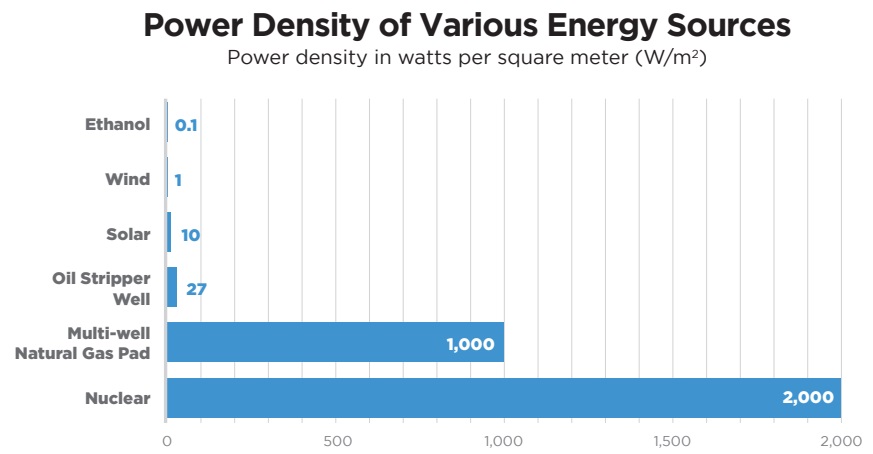Dangers of Industrial Solar
- Home
- Dangers of Industrial Solar
10 reasons
industrial-scale solar isn’t right for
agricultural-rural areas
1. Industrial-scale solar power plants should not be placed on land already zoned for A-1 (agricultural) and RA (rural area) use.
The local planning commission and boards of supervisors should vote to reject industrial-scale solar power plants based on this reason alone.
2. The land (forest, farmland, vegetation, soil) is forever destroyed.
Despite current discussions regarding decommissioning, the reality is that this rural land will be lost forever. Even if New Zealand uses agrivoltaics, the industrial-scale solar projects are typically for 30-40 years.
Construction of an industrial-scale solar power plant requires removal of trees, brush and root balls prior to installation of the arrays, creating an ecological wasteland. Grading, pile driving, blasting, electric cable trenching and road construction will compact the soil, likely delaying agricultural use for years after the project’s end.
Stripping and compaction removes topsoil, destroys healthy soil organisms and allows for invasion of exotic plants that choke out native species.
Here is an example of what these projects look like once completed. This is what we face here in New Zealand:
3. Solar projects should not be placed near wetlands, rivers, streams, tributaries to avoid immediate damage to water quality, and possible contamination-ecological disasters.
Uncontrolled runoff of water and topsoil is a well-documented byproduct of industrial-scale solar site development. This massive increase in watershed sedimentation impacts all downstream rivers and estuaries. Water contamination doesn’t stop with the end of construction. Removal of all trees and deep-rooted plants, along with inadequate stormwater controls lead to long-term runoff and water contamination issues. Local municipalities usually do not have adequate resources to monitor construction and stormwater violations and, even when properly monitored, site developers have no problem paying fines, and there is no effective check on environmental damage. Endangered Australasian Bitterns have been seen on Lake Whangape but them and other wetland birds mistake the solar panels for water and dive into them, dying in their hundreds. Why is it that New Zealand Fish and Game have signed off on a 350,000 solar panel solar ‘park’ overlooking Lake Whangape? How is this even happening? Read all about it here.
4.Solar power plants destroy wildlife habitat.
Perimeter fencing, often 6-feet high and topped with barbed wire, will restrict movement of wildlife in the area. Removal of vegetation will impact bird population and other wildlife. Birds and bats also mistake solar panels for water and can get hurt or killed in the process. Risk mitigation factors have not fully taken into account the issues associated to protection of birds and other wildlife impacted by losing their habitat.
5. Solar power plants threaten preservation and should not destroy historic sites.
Many rural areas are the last undeveloped sites that contain prehistoric and historic archaeological deposits. Industrial development of these sites results in the irreversible loss of our history. In the Rangiriri/ Glen Murray area, historical artifacts and remnants of battle and bones remain in Lake Whangape. Industrial development of these sites results in the irreversible loss of our history.
6. A decline in eco and historical tourism.
Destruction of rural landscapes and areas of historic interest result in the decline in eco and historical-tourism (or may prevent the development of these industries), reducing the prosperity of the local community.
7. Solar power generation is very inefficient when looking at the amount of land “consumed.”
Solar power’s inefficiency argues for proper siting on brownfields, industrial areas, and commercial and residential rooftops – not on open or forested, agricultural and rural land.
“Renewable energy sources can take up to 1,000 times more space than fossil fuels.”
—Phys.org, Aug. 28, 2018

SOURCES: ENTERGY, LEIDEN UNIVERSITY, BUREAU OF ECONOMIC GEOLOGY, UNIVERSITY OF TEXAS; MILLER AND
KEITH
8. Undermining of local residents’ property values.
Based on recent studies, the expected reduction in property value ranged from 25-40% depending on proximity.
9. The bill for decommissioning projects will likely be passed on to taxpayers.
Insufficient surety fund by the developer could result in county responsibility for decommissioning costs. Net Decommissioning costs can range from $43,584/MW to $101,915/MW. No plan and cost should ever be approved without a full understanding of the cost to return the land to its original condition, and each district council should not be responsible for this cost.
10. When the local community has clearly expressed concern and opposition.
Local planning commissions and boards of supervisors should vote to reject industrial-scale solar power plants when people in the community oppose it. With time, greater awareness of solar issues and accountability will take place.
